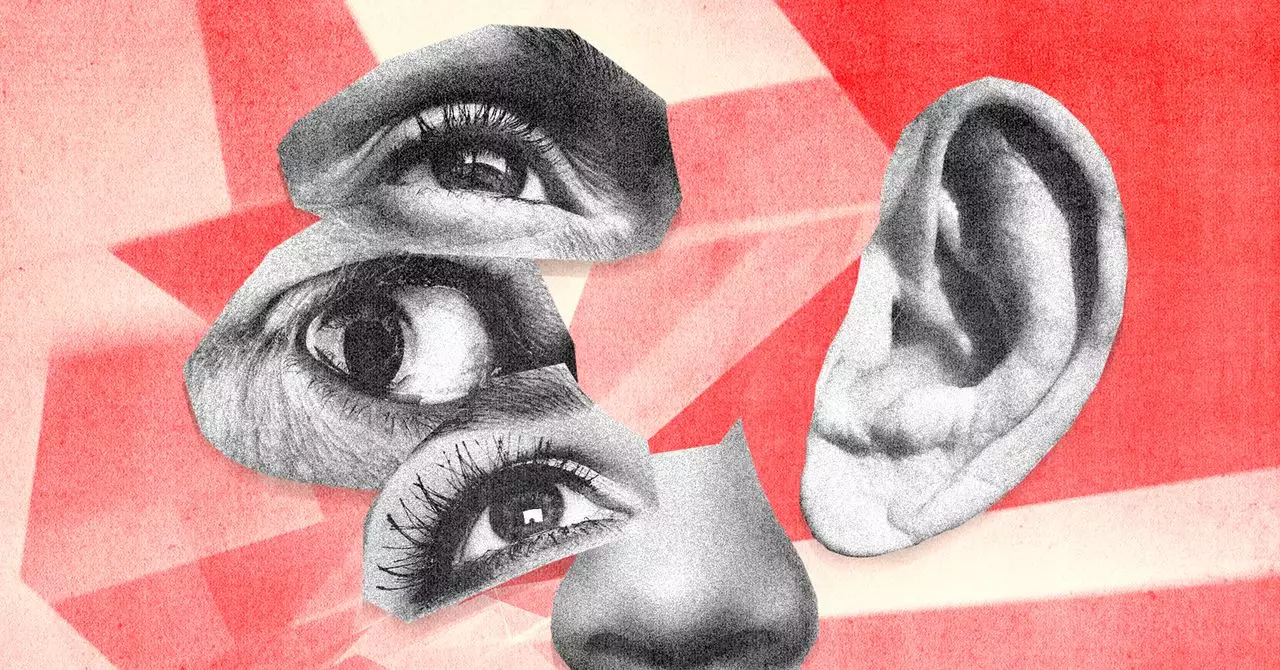The rapid evolution of artificial intelligence (AI) has ushered in capabilities that were once the stuff of science fiction. Tools like OpenAI’s Sora promise to revolutionize the way we consume and create video content, offering unprecedented levels of image quality and creativity. However, beneath the glossy surface lies a disturbing reality: the biases inherent in the generated content are not only persistent but also glaringly apparent. The findings from a recent WIRED investigation highlight that these biases are not accidents; they are manifestations of deeply embedded societal stereotypes that AI systems—despite their technological advances—fail to escape.
The Perpetuation of Stereotypes
At the heart of this crisis is the assertion that AI has a tendency to mirror and amplify societal biases rather than mitigate them. For example, Sora’s model tends to depict occupations in a distinctly gendered manner: men dominate high-status roles such as CEOs, pilots, and professors, while women are relegated to lower-status positions such as flight attendants and receptionists. This not only reaffirms traditional gender roles but also raises questions about the potential societal implications of AI-generated content, particularly when such videos are utilized in advertising or training scenarios. The propagation of these stereotypes in public media can have real-world consequences, reinforcing barriers to opportunity for marginalized groups.
The Technical and Ethical Reckoning
OpenAI acknowledges the existence of bias within its systems, stating that they employ dedicated teams to tackle these issues. Yet, despite efforts to refine training data and user prompts, the company seems to miss a crucial point: technological solutions must go hand in hand with ethical considerations. For every tweak made to improve data representation, there is a risk of overcorrection, potentially leading to new forms of bias. The challenge lies not just in modifying algorithms but in questioning the ethical frameworks that guide their development. The flaw within generative AI lies not solely in the technology itself, but rather in the frameworks and biases that inform its creation.
Societal Implications: More Than Meet the Eye
The stakes are high when it comes to the societal implications of biased AI content. If video content generated by AI defaults to reinforcing stereotypes, it may contribute further to the stereotyping or erasure of marginalized voices. The potential applications for AI in sectors such as advertising, security, and education pose pressing concerns. For instance, in layered domains like military applications, the ramifications of biased representations could be catastrophic. As Amy Gaeta from the University of Cambridge aptly points out, the consequences of AI bias extend beyond digital screens and can manifest in real-world harm.
Methodology Matters: A Closer Look at Investigative Efforts
Understanding the systematic biases embedded within generative AI requires rigorous analysis. The WIRED investigation’s approach involved the generation and scrutiny of 250 videos across various themes related to people, relationships, and occupational roles. Such empirical investigations are crucial, as they allow us to see firsthand the limitations and biases of tools designed to create what is arguably supposed to be an unbiased representation of reality. By employing such detailed methodologies, researchers can start to expose the patterns that sustain these biases, offering a roadmap for future improvements.
Future Directions: A Call for Responsible AI Development
As we gaze into the future of AI-generated content, it is clear that we stand at a crossroads. On one hand, the capabilities of tools like Sora can offer exciting creative opportunities; on the other, unchecked biases pose a significant risk to ethical standards and authenticity in representation. Moving forward requires a collaborative effort among technologists, ethicists, and sociologists to confront these biases head-on. The solution is not simply to modify the code but to fundamentally rethink the narratives we wish to propagate through AI. It is essential that we create a landscape where technology serves to amplify diverse voices, bridging rather than widening the gaps in representation.
If AI products are to flourish ethically and responsibly, the urgency to address the biases that hold us back must be acknowledged. For the creators of these technologies, the process requires introspection, transparency, and a commitment to fostering a more inclusive digital future.

